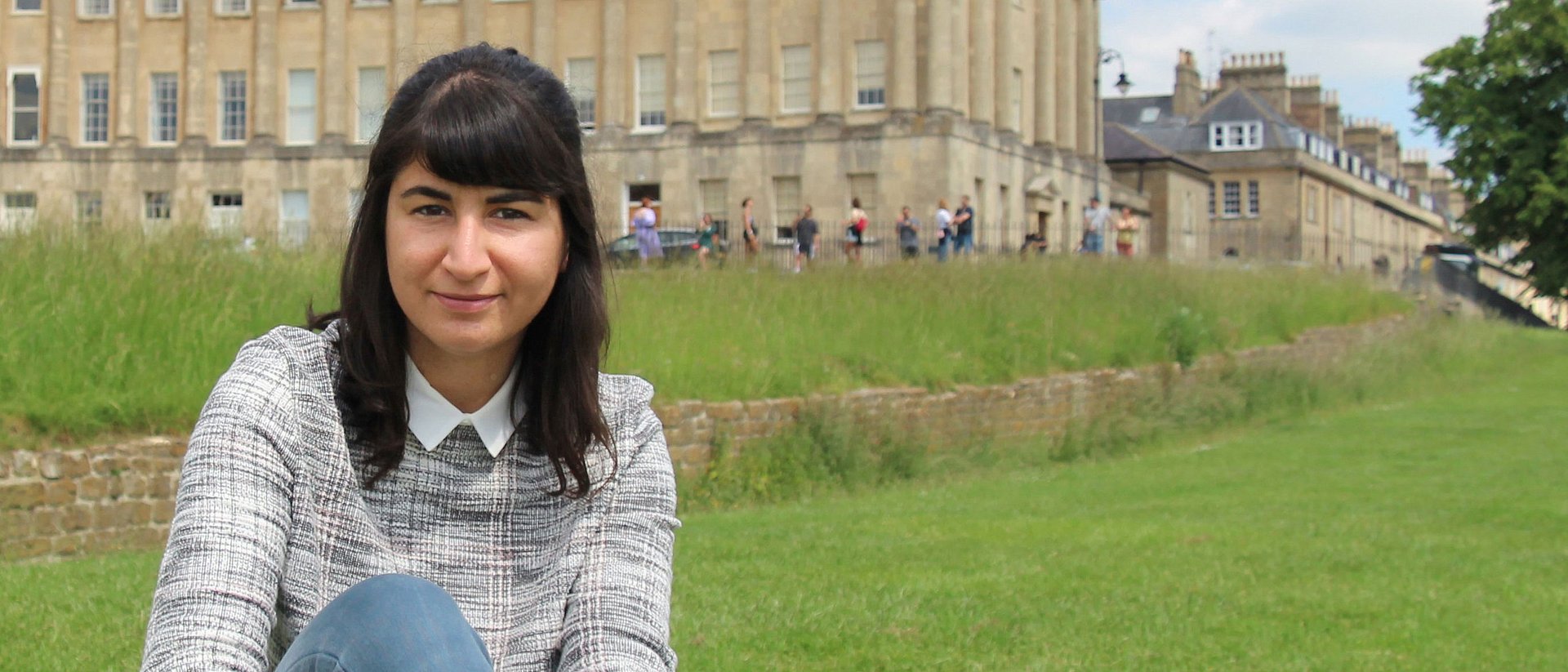Sarah Maafi wins writing competition of the Royal Institute of British Architects
“Architecture is so much more than just providing four walls and a roof”

The starting point for the article on racism in your profession and in society was the violent death of the US citizen George Floyd in the summer of 2020. Why did you feel the need to comment on this issue?
During the global protests I had the feeling that more people were starting to recognize the effects of racism on our society. So I reflected on how the debate could be continued – so that it would be more than just a moment in history. Racism is still a taboo topic. All we really want is to make it easier for everyone to live and work together.
In the university context, there is certainly a lot of room for improvement in many areas.
For example, when it comes to the curriculum. At the moment I am working with a fellow student to advocate for a module on colonial architecture in my department. We could also include a lot more contemporary architecture located in other countries on the degree.
After completing your bachelor’s degree in architecture, you worked for the architectural firm Feilden Clegg Bradley Studios in Bath from 2018 until 2020. What impressions did you take away?
Among other projects, I worked on two university buildings – a building at the University of Bristol and the BioCentrum at the University of Cambridge. Meanwhile, I also worked on a team of volunteers to create an environmentally friendly summer pavilion for the Holburne Museum in Bath. There were lots of opportunities to get involved.
In these projects it probably paid off that you had just graduated, so that you had your own insight into working on university buildings.
Designing university buildings is definitely an interesting switch of perspectives. Especially as a graduate, you know everyday life at university and think about how you can improve it, for example by designing better acoustics or by reducing how far people have to walk. You ask yourself, where can students meet for a coffee? Where do they study? Where do they pick up their books? In the building in Bristol, for example, it was important for students and companies to be able to work together. With that in mind, we set up designed specific project rooms. This kind of collaboration between academia and industry is really important at TUM, too.
Did you have a different impression of British university architecture than in Germany?
British architects are striving for a “civic university” – in other words, a university that is also part of the city. This already works quite well in Germany, where universities such as the TU are fairly open to the public.
Before studying architecture you studied art history at the University of Sussex. That is probably part of the reason why you are interested in architecture at the interface between art and society. Do you see yourself working in that area in a few years?
I’m not sure yet where I’ll finally end up. But I definitely find that combination interesting. Because it’s not only about how a building looks – but also what it means, what you want to achieve as an architect and the impact on the people who will use the building. Architecture is so much more than just providing four walls and a roof.
- Since the fall of 2020, Sarah Maafi has been studying on the Master’s program for architecture. She has a special interest in the interface between art, society and technology.
- She is living in Bath in the south west of England while pursuing her architectural studies at TUM online. So studying online definitely has advantages. It’s not necessarily bad, she says – just different.
Technical University of Munich
Corporate Communications Center
- Katharina Horban / Verena Meinecke
- meinecke@tum.de
- presse@tum.de
- Teamwebsite
Contacts to this article:
Sarah Maafi
sarah.maafi@tum.de